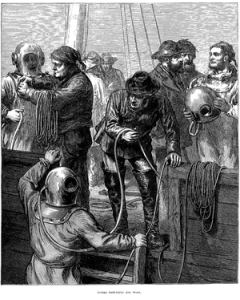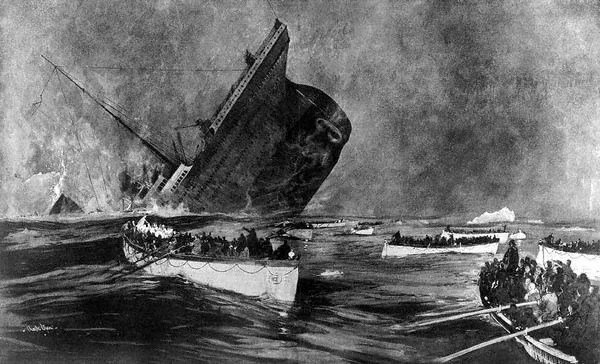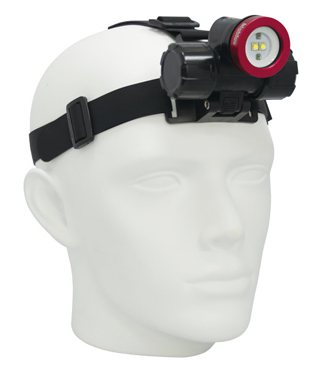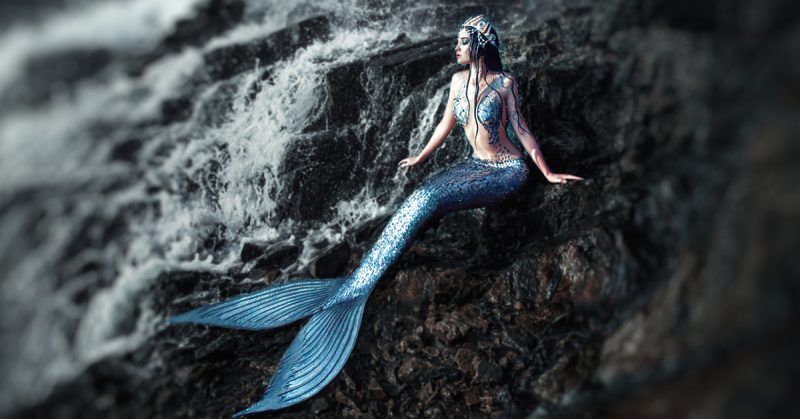Originally published @ Scuba Scoop July 10, 2010
Man has always held the fascination of the underwater world. The wish to spend some time in the depths of the seas and oceans had captured man’s attention. This inspired him to come up with ways and means which will enable him to explore the marine world.
Diving can be traced back to more than 5,000 years were early divers were involved in collecting food, sponges and pearls from the ocean beds. The earliest recorded salvage operations was made by the Greek historian Herodotus, who noted that in the fifth century B.C, the Persian King Xerxes had employed a diver named Scyllis to recover a sunken treasure.
In the Mediterranean ports, the salvage industry had become so evolved and organized, that by the first century B.C., a law acknowledging the risks involved, compensated divers with a share of the recovered goods according to the depths at which the treasure lay.
Many inventors were keen to develop equipment assisting underwater exploration. Ideas and equipment developed during the 1500’s leaned towards a diving bell. This equipment was basically a bell-shaped apparatus with the bottom open to the sea. The first diving bells were large and heavy weighted to sink in a vertical position, therefore trapping enough air to allow a diver to breathe.
Edmund let us start with the chronological events on the history of scuba diving.
The first recorded reference to an actual practical diving bell was made in 1531. However, it was within the late 1600’s that great strides were made in this technology. This meant that now divers were able to spend hours underwater.
In 1690, an English astronomer named Edmund Halley developed a diving bell in which replenished air was sent to the divers by sending weighted barrels of air down from the surface.
The next evolution in the history of scuba diving was the deep sea diving suits, which at that time were referred to as the diving dress.
In 1715, an Englishman by the name of John Lethbridge developed what was to be the first diving dress. This was basically a barrel covered in leather equipped with two arm holes with water tight sleeves and a glass porthole enabling the diver to view underwater. This apparatus was lowered from a ship just the same as a diving bell.
Although several designs were used in later years, this gear still had the same limitations as the diving bell because the diver was restricted in his movements.
In 1828, John and Charles Deane developed the first revolutionary diving dress and heavy helmet which originated from helmets used by firefighters. The helmet rested on the diver’s shoulders, held in place by its own weight and straps to a waist belt.
Later a man called Augustus Siebe improved the Deane Patent Diving Dress.This helmet was connected to a hose that ran to the surface and supplied the diver with constant fresh air.
An interesting fact in the history of scuba diving is that in 1836, the Deanes issued a diver’s manual, which may be the first of its kind to ever be produced.
Later a man called Augustus Siebe improved the Deane Patent Diving Dress by attaching the helmet to a water tight suit. The result was the direct descendant to the legendary MK V deep-sea diving dress.
Although there were great advancements, the equipment developed by these pioneer inventors were limited in the fact that the diver still had to be attached to the surface via air hose thus restricting movement.
The only way forward was for the diver to carry a portable self contained air supply. However during the 19th Century, the cylinders were not strong enough to hold air at high pressure
Old regulator
An important fact in the history of scuba diving is the invention of the first scuba regulator which was developed by Benoit Rouquayrol.
The regulator will later become the main piece of scuba equipment responsible for regulating the flow of air from the tank to meet the diver’s breathing and pressure requirements.
It wasn’t until 1933 when a French Naval Commander named LePrieur, developed an apparatus using a tank of compressed air.
However, LePrieur designs had its own limitations as it did not include a a regulator. The diver had to manually control his air supply.
Finally in 1943, Jacques-Yves Cousteau and Emile Gagnan created the first efficient and safe open circuit Scuba known as the aqualung. This scuba equipment combined an improved version of the demand regulator with high-pressure air tanks.
Following World War II, with the help of the aqualung, great strides in developments were made in relation to diving techniques and thus creating new forms of diving. More sophisticated equipment would later make it onto the diving scene with greater improvements to existing scuba equipment.
Kathy Dowsett, Owner and Operator of
Kirk Scuba Gear







Leave A Comment